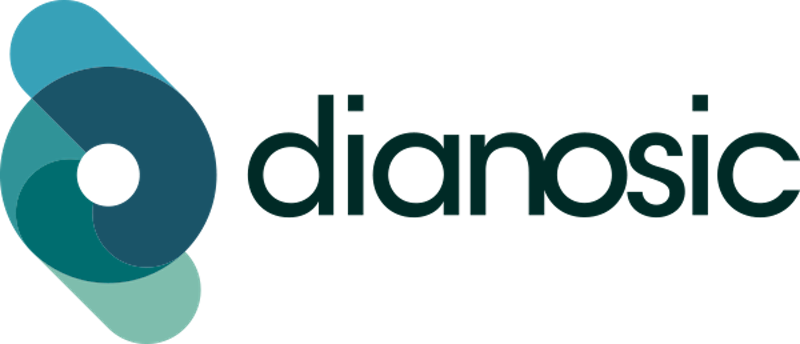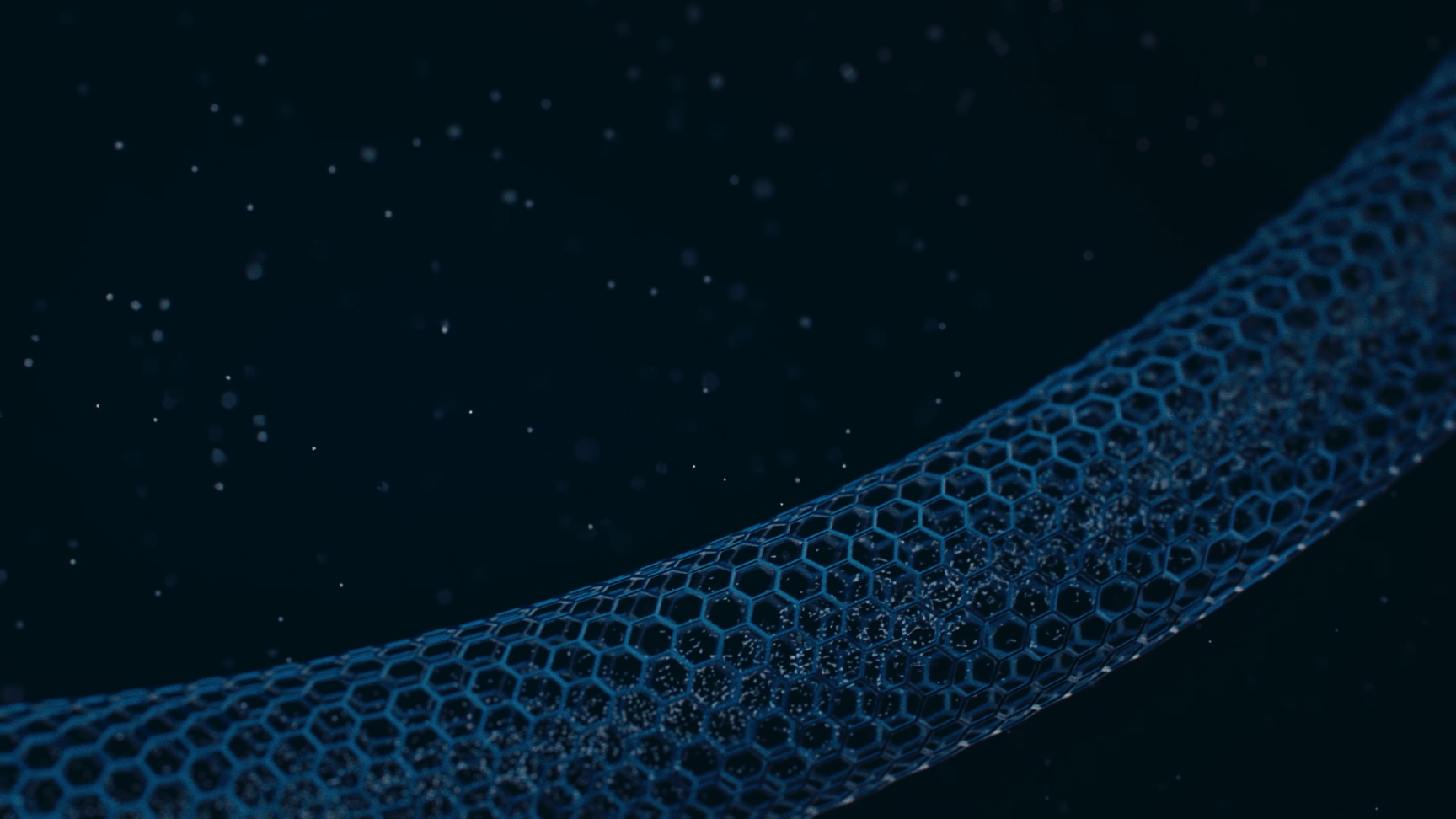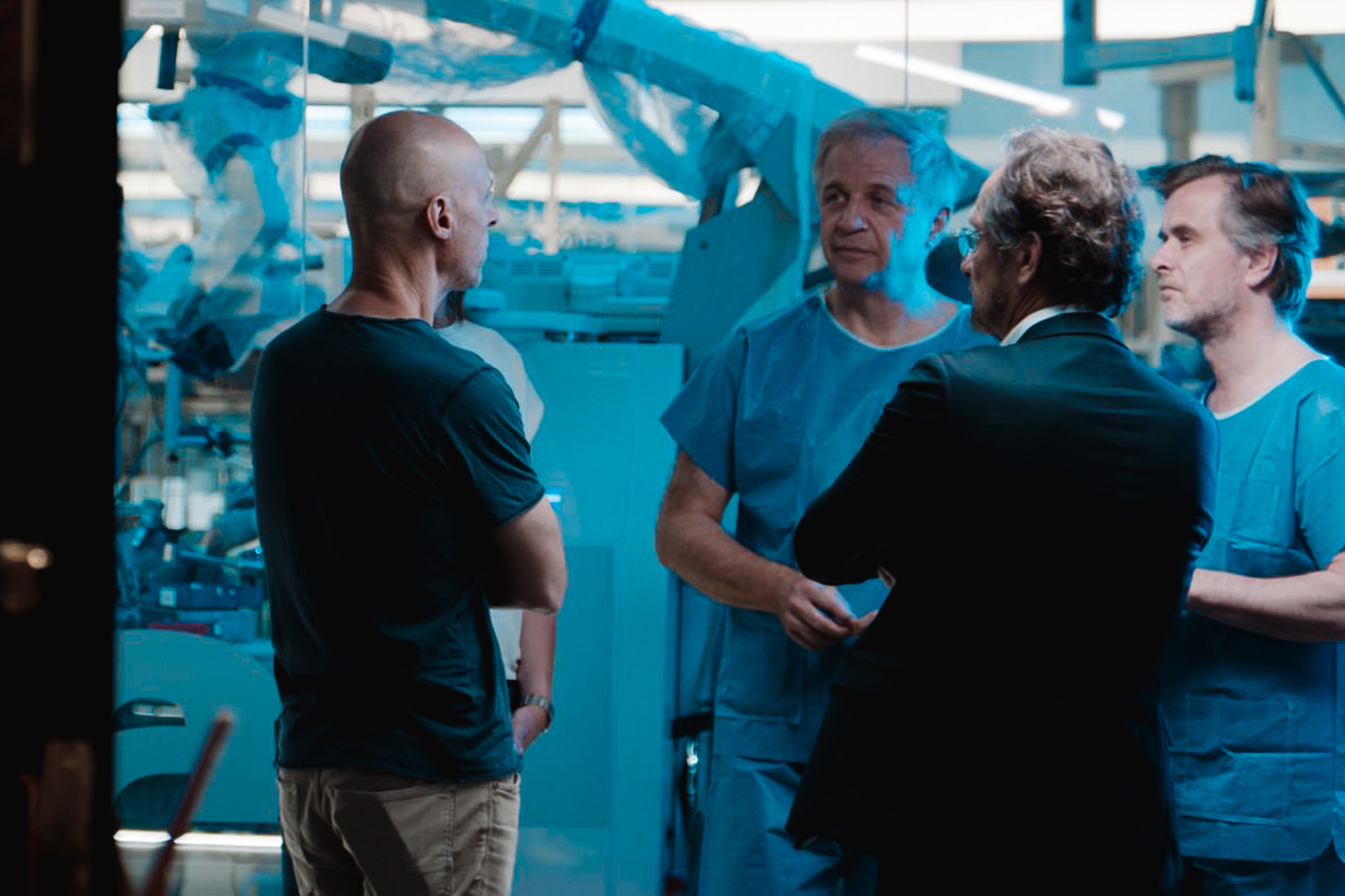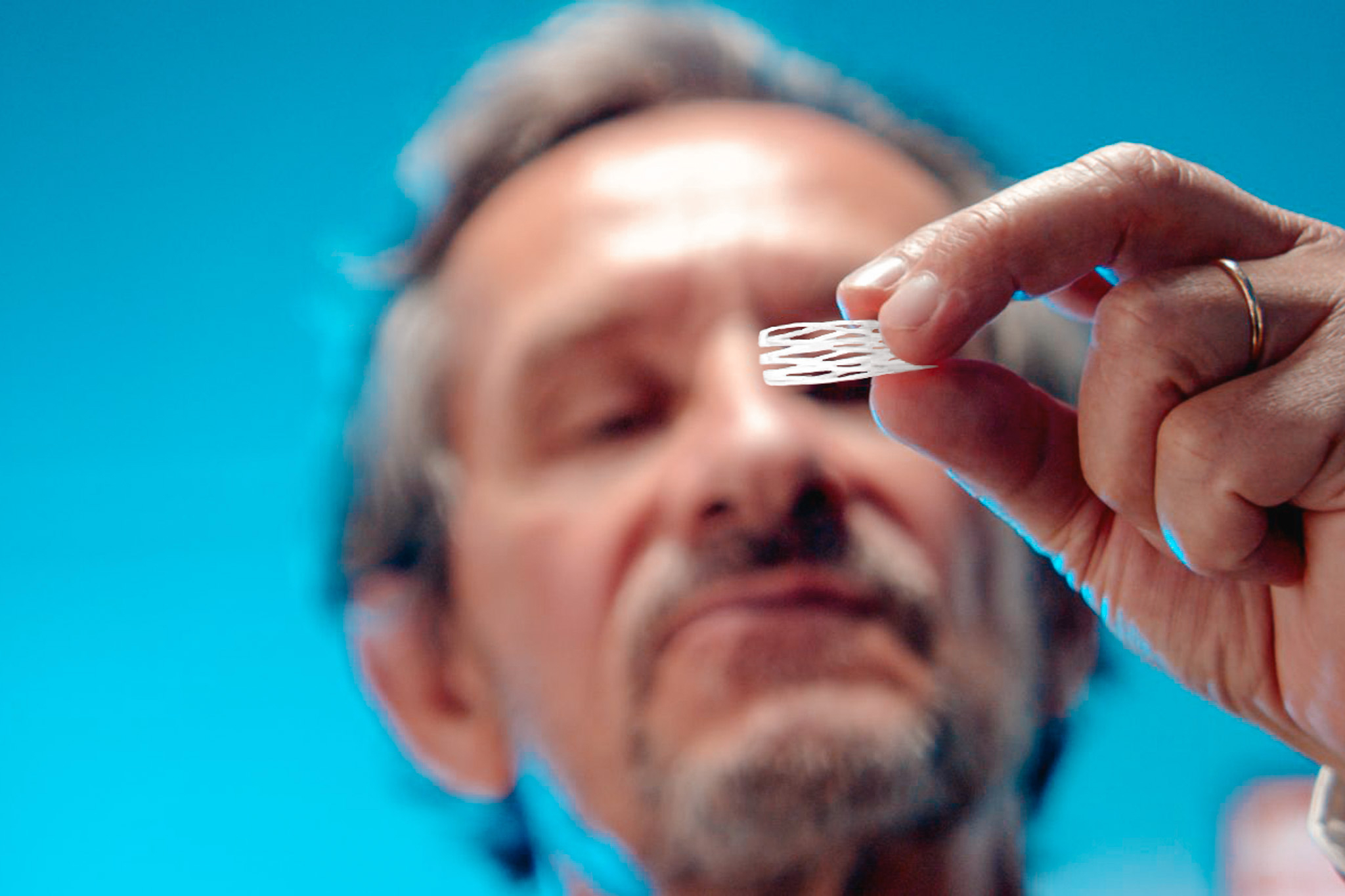Intranasal bleeding (epistaxis) affects about 10% of the population, i.e. 750 million people worldwide. Patient management requires to understand precisely the underlying cause(s) of bleeding.
There are two types of epistaxis:
- Benign epistaxis (the most common)
- Severe epistaxis, which is characterized by massive and recurring nosebleeds. They require specific management by a healthcare professional.
The origin of intranasal bleeding? Epistaxis is often caused by damage to the vascular network, and in particular the kiesselbach plexus, located in the anterior part of the nasal cavity.
There are several factors that can cause epistaxis to occur. Most often, these bleeds can be impressive but are not dangerous for patients.
The most common causes of epistaxis.
1. Epistaxis related to inflammation of the mucosa
The nasal mucosa is very fragile, lining the cavities of the nose irrigated by a highly developed network of blood vessels. Damage to those vessels can cause inflammation and then epistaxis.
This inflammation can occur in children as well as in adults, but also in people suffering from allergic rhinitis or even a simple cold. The latter can indeed lead to congestion of blood vessels in the nasal cavity and cause bleeding.
2. Epistaxis related to a fragile nasal cavity
Located in the anterior part of the nasal cavity, the Kiesselbach complex can bleed very easily following nose-picking. Children are the most affected. Other factors can increase the sensitivity of the blood vessels or capillaries in the nasal cavity and explain this bleeding:
- Intense physical effort (e.g. sport)
- Long exposure to the sun
These different factors can take on a greater magnitude in fragile populations such as children or elderlies.
3. Epistaxis related to trauma
Certain traumas of accidental or iatrogenic origin can trigger epistaxis:
- A strong blowing of the nose or a violent sneeze
- Trauma (with or without fracture)
- Nose or sinus surgery
- The introduction of a small object into a nostril (particularly common in children) can also cause shocks and therefore bleeding.
4. Epistaxis linked to environmental factors
Certain environmental factors can increase the risk of epistaxis, such as cold weather, change in altitude or dry air. Having very heated rooms in the winter or a dry climate will promote bleeding.
Less common causes of epistaxis.
In rarer cases, epistaxis is a serious condition that may be triggered by a genetic disease, such as Rendu-Osler disease, or an anatomic condition such as a deviated septum.
1. Epistaxis related to treatment of cardiovascular diseases
Cardiovascular diseases may require the use of anticoagulants or antiaggregants, which can lead to coagulation disorders and thus promote the development of epistaxis. High blood pressure, common in the elderly, can also cause intranasal bleeding.
2. Epistaxis related to a rare disease or tumor
Nosebleeds can also occur as a result of a disease such as:
- A hereditary disease responsible for heavy and recurrent epistaxis such as Rendu-Osler disease or hemophilia such as Willebrand disease.
- Rhinitis or sinusitis
- Thrombocytopenia or thrombopathy.
In addition, both malignant (cancerous) and benign (non-cancerous) tumors of the nasal cavity often have the same symptoms, including frequent intranasal bleeding.
3. Epistaxis related to substance abuse
Regular alcohol consumption or repeated nasal drug use can potentially generate epistaxis.
In summary, there are many factors that can cause epistaxis to occur. This is why it is important to quickly identify the cause of the bleeding. In the majority of cases (nearly 90%), this bleeding is not dangerous and can be controlled by simple digital compression. On the other hand, if digital compression do not work and/or if they are frequent and abundant, specific treatment will be necessary.
Many treatments, most of them old, exist to treat epistaxis. At Dianosic, we have developed a non-invasive, easy to use and painless asymmetric balloon for the patient. If you want to learn more about this “Made in France” innovation, click on the following link https://bit.ly/3qyHele









